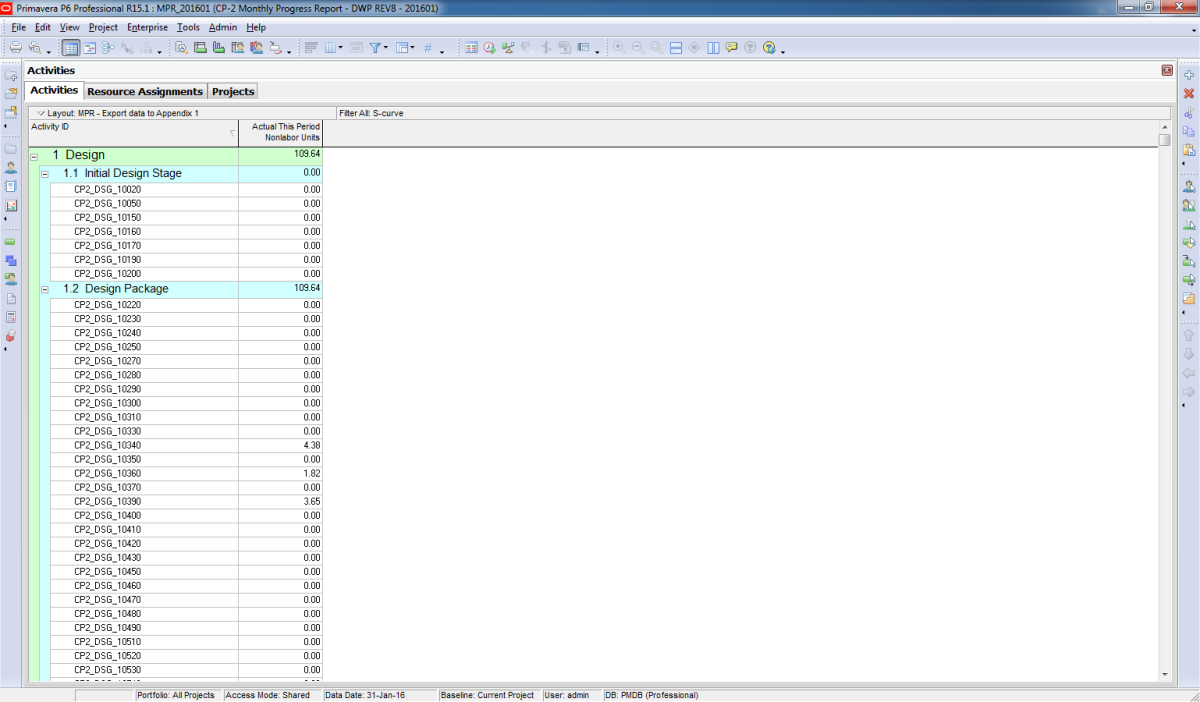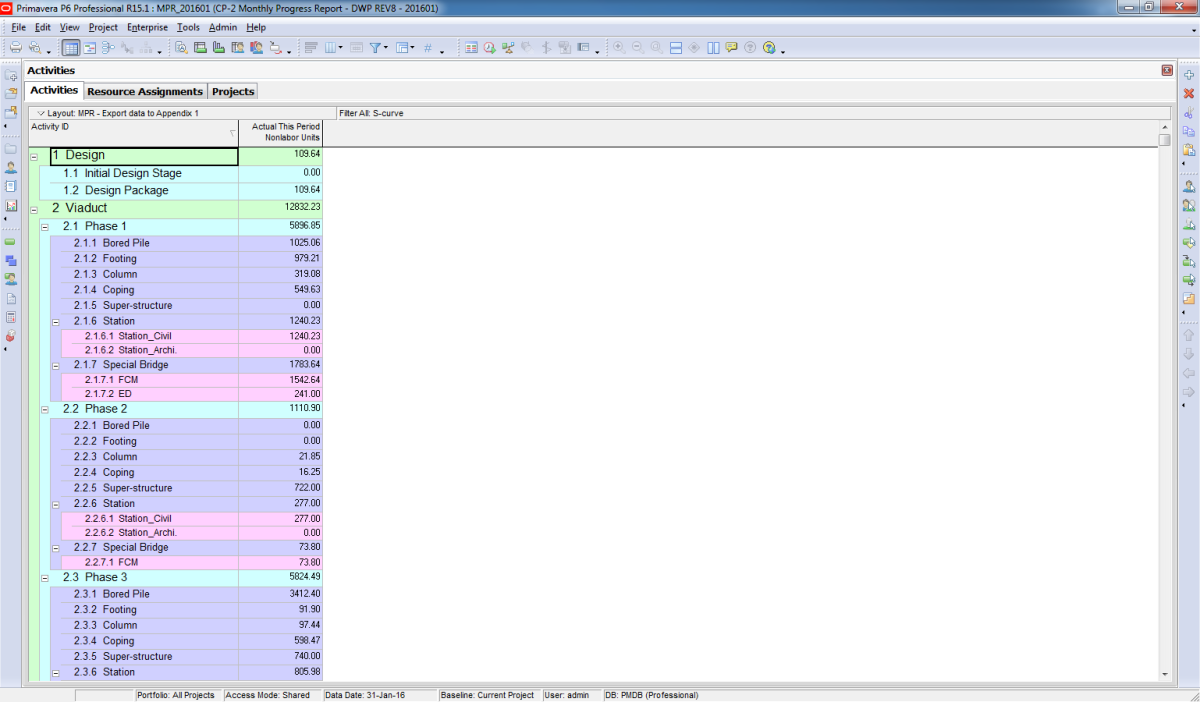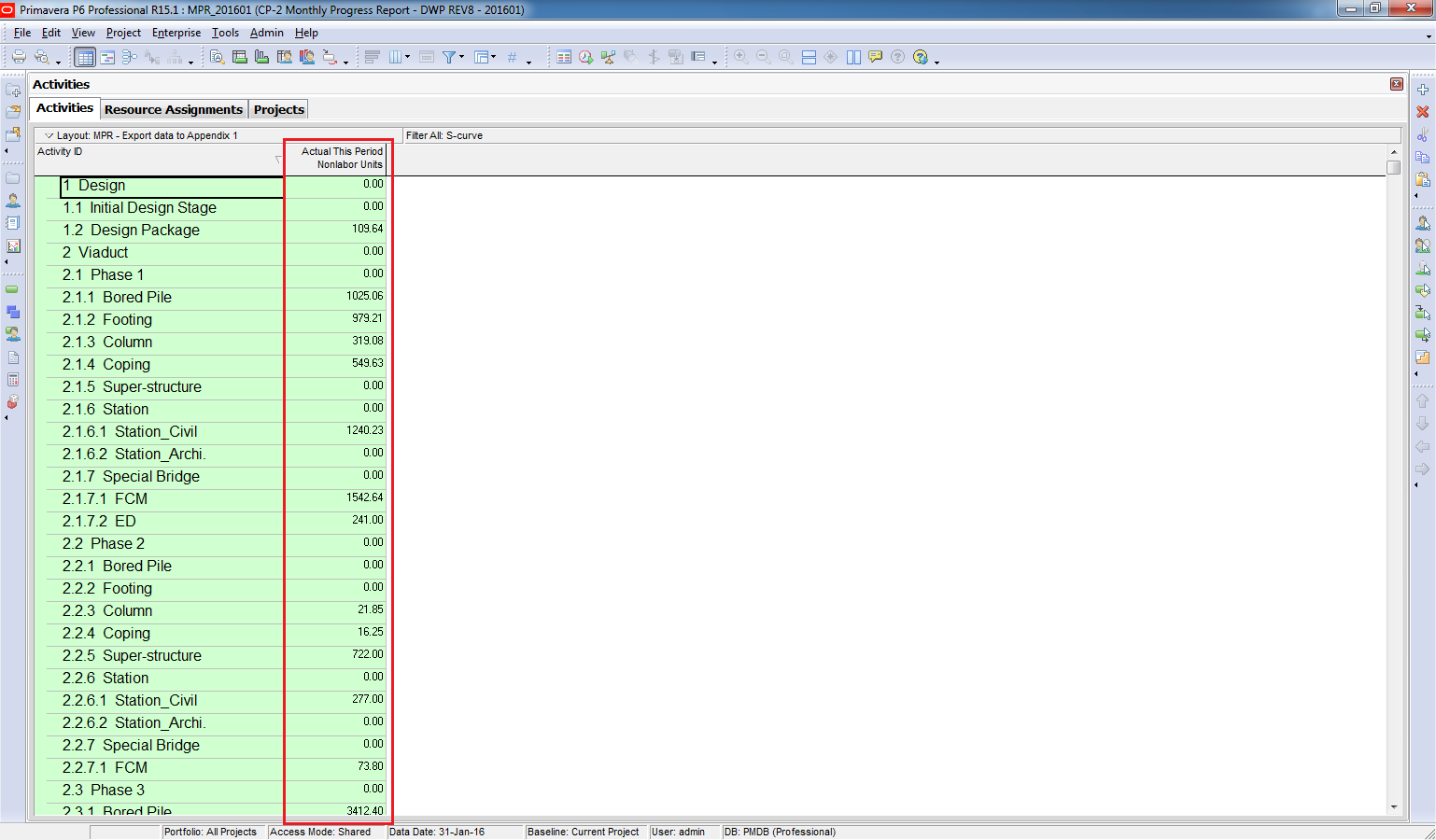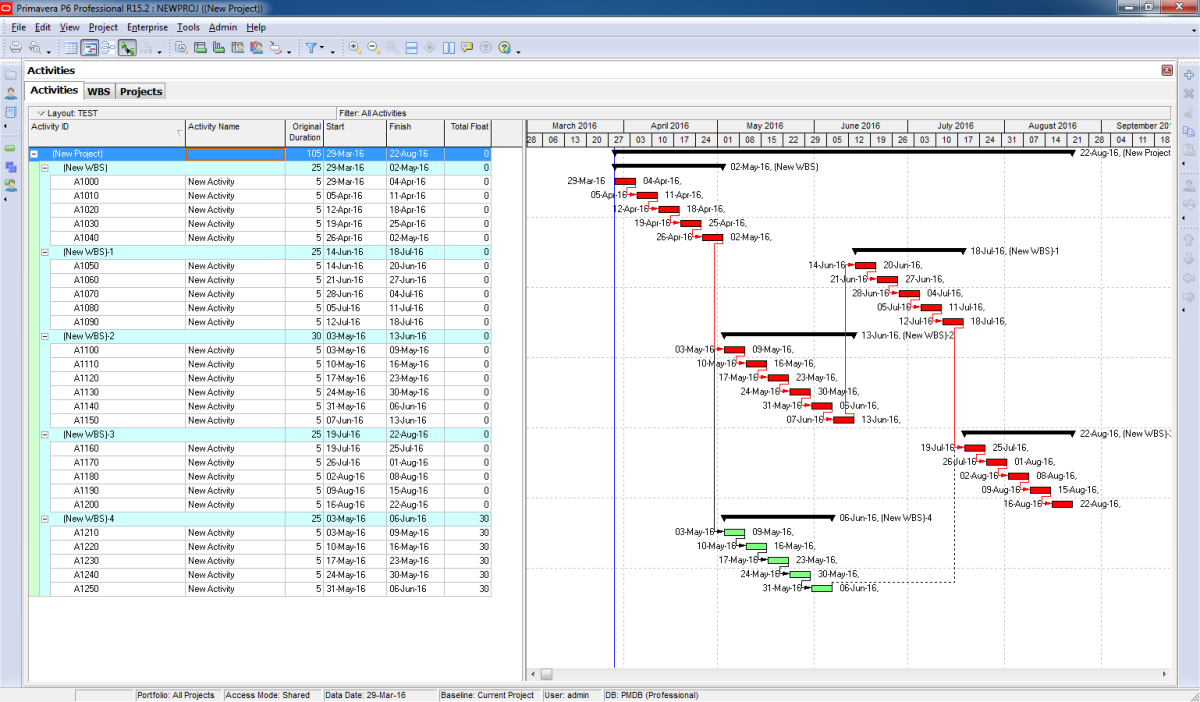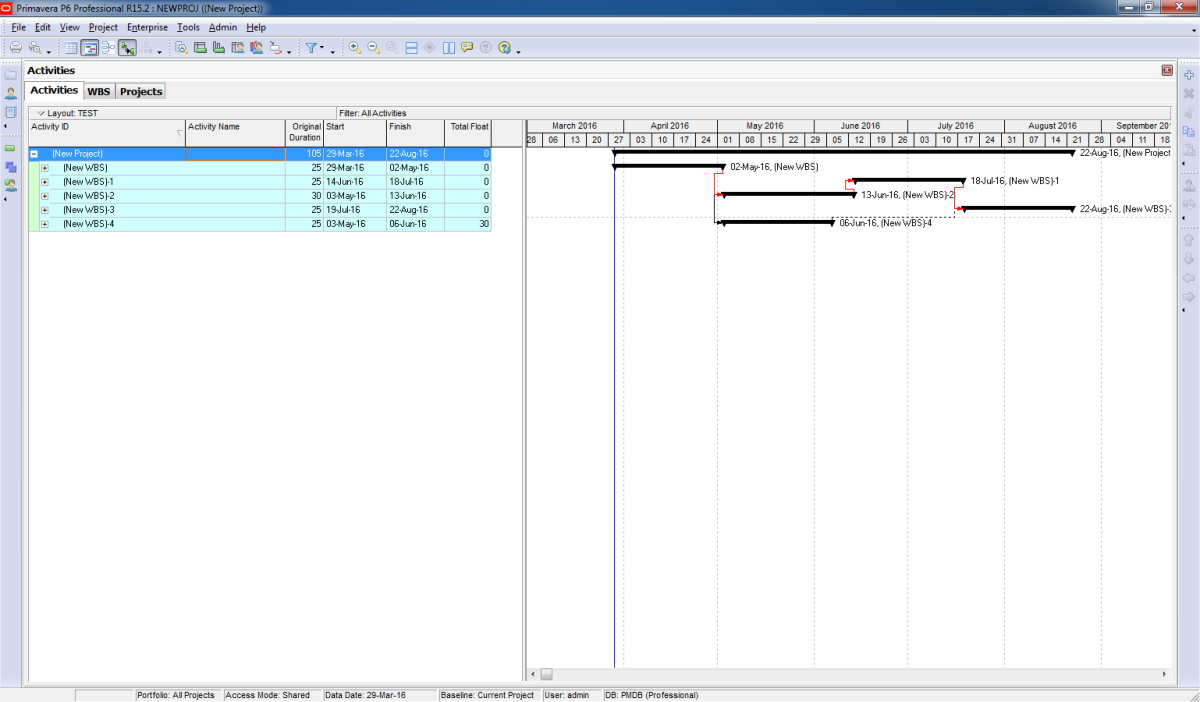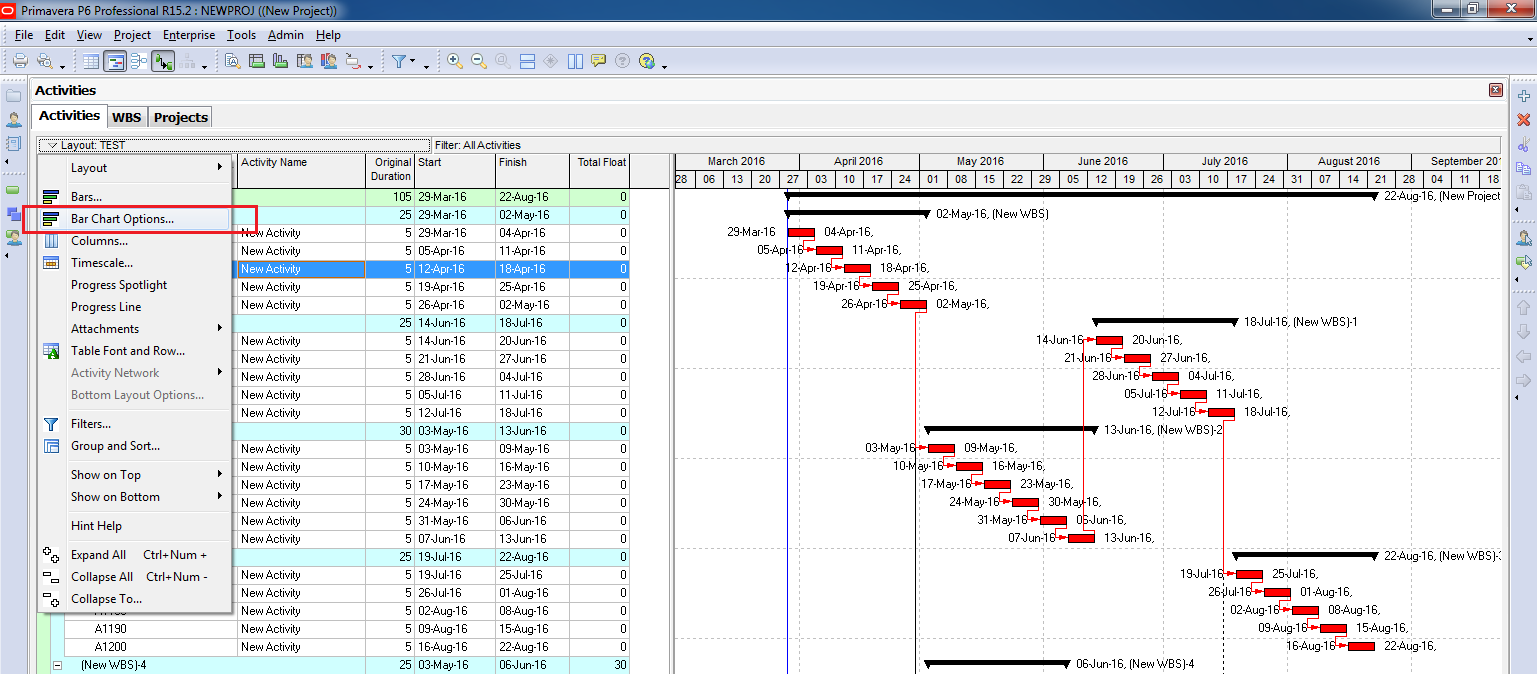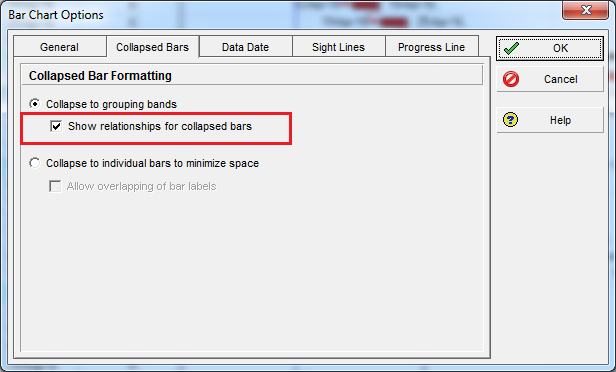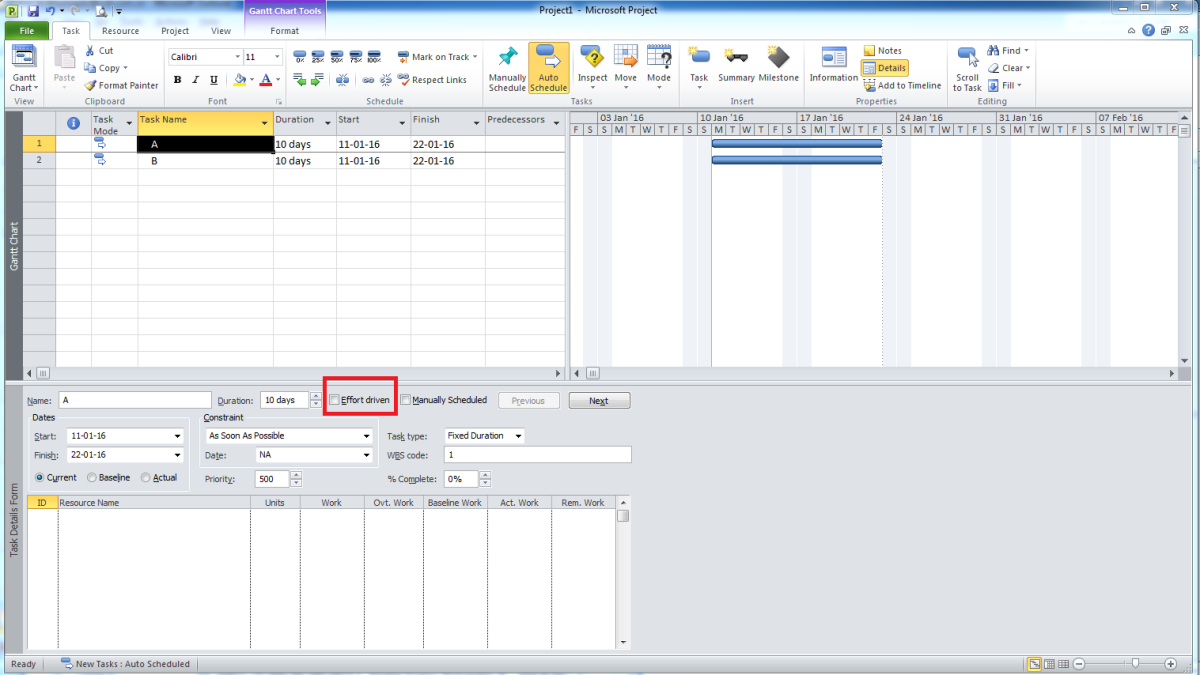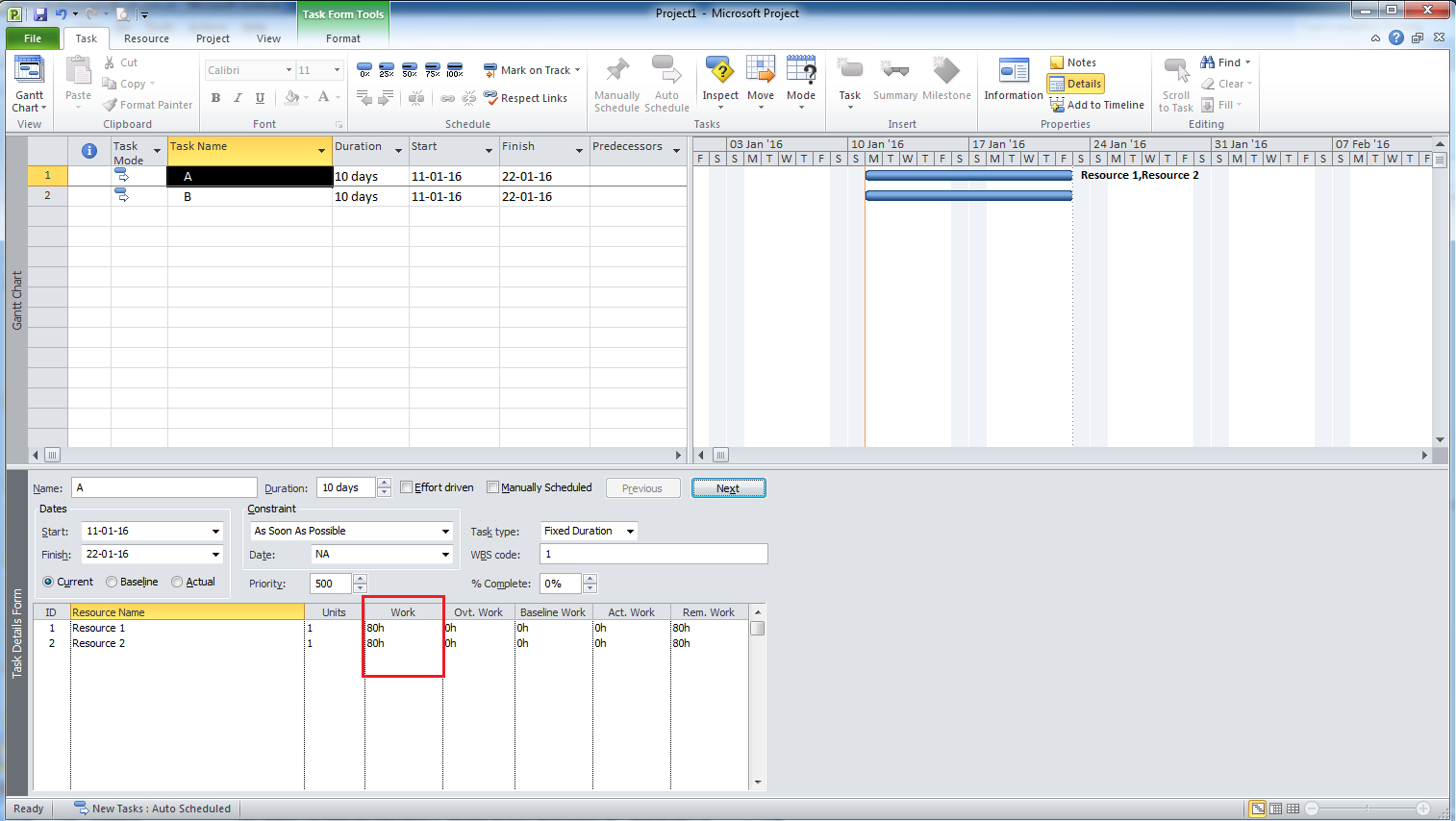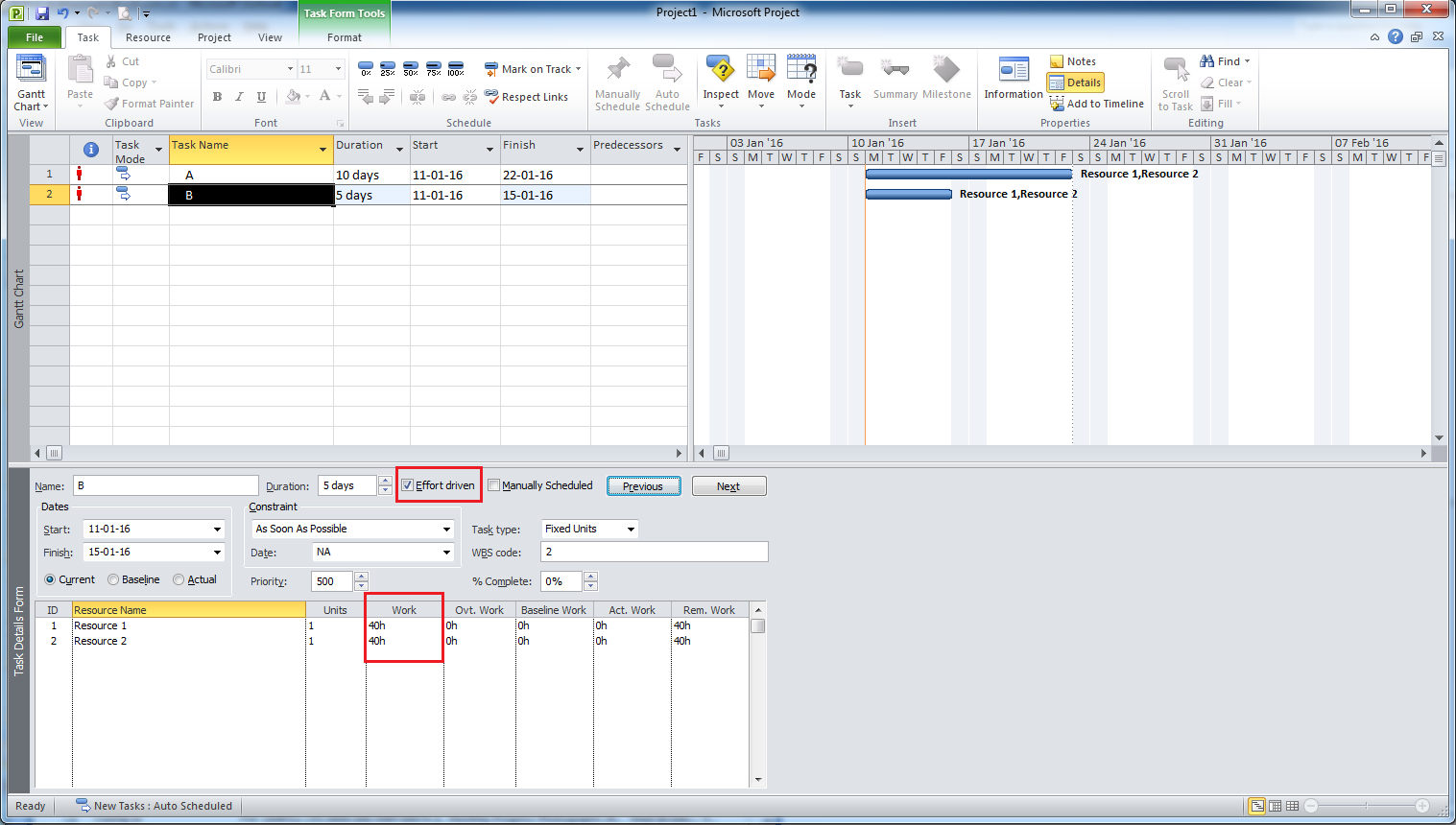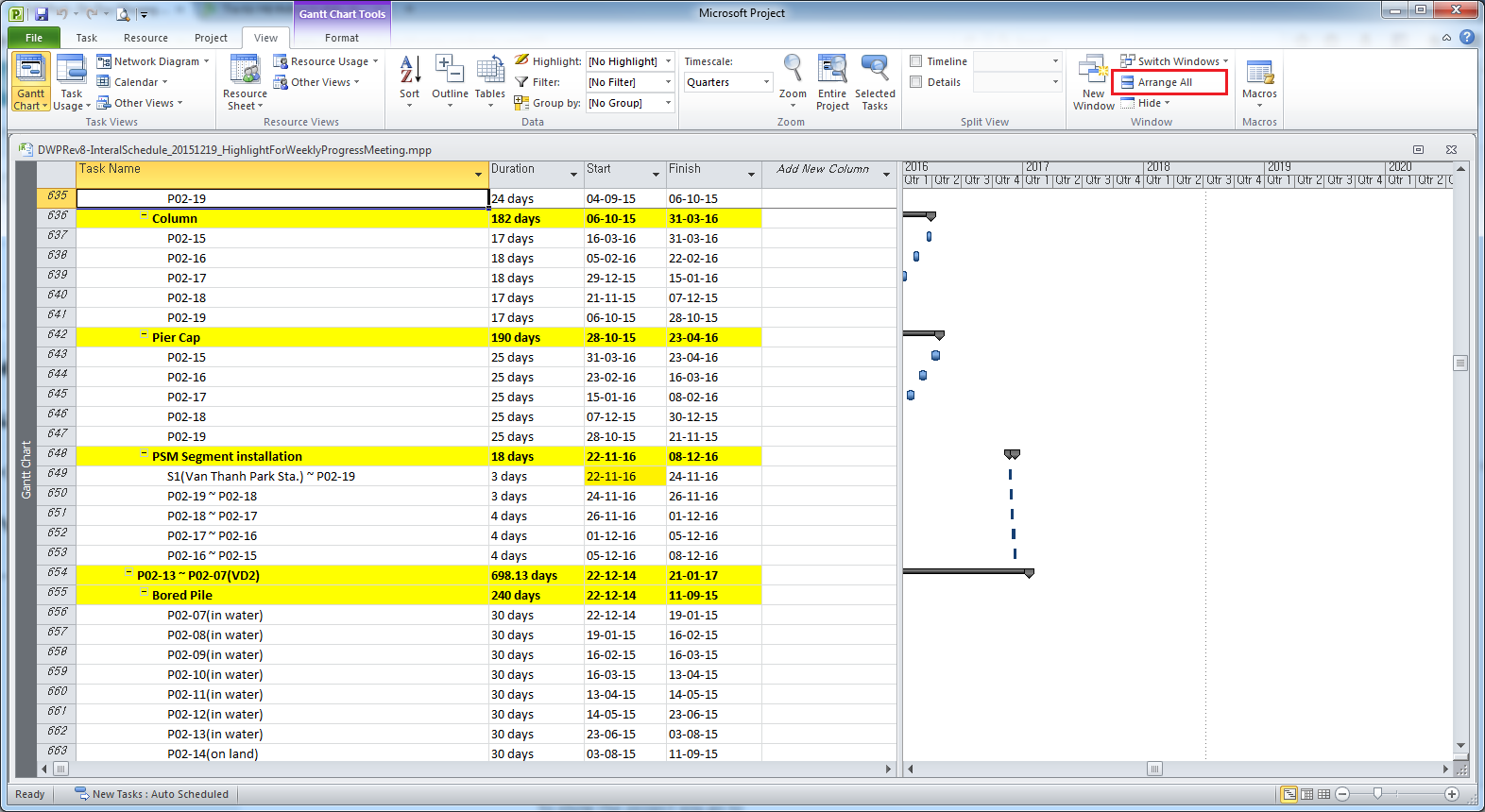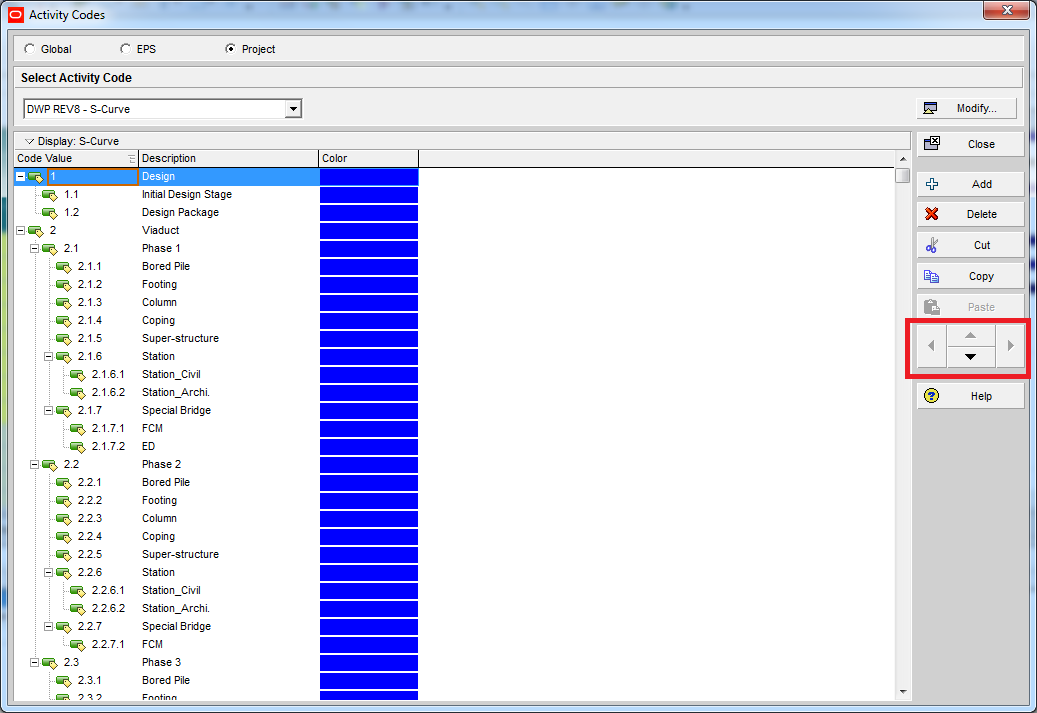While there are differing views on the criteria that apply to summary- and detailed-level scheduling, it is generally understood that a coordinated approach is best. For example, Jelen's position is that there is no universal agreement on the number of schedule levels or their format, while others take a progression elaboration approach to developing coordinating schedules across various levels of a project.
Some methods suggest using more details, targets and objectives at each level, while others have traditionally not done so in many lower-level schedules. For example, level 2 schedule considerations vary widely, from including subdivided components, details or intents to including little to no higher-level details, summaries or intents.
Recent theories take a different approach to traditional level scheduling, especially regarding the details and information included in each level.
AACE International's Recommended Practice No. 37 (RP 37), Chartered Institute of Building (CIOB Guide) and the Guide to the Forensic Scheduling Body of Knowledge Part I (FSBOK Guide) each bring new ideas into the project planning and scheduling field. But the main concept of establishing a common detailed framework for a project is universal.
Developing a common work schedule framework from the onset allows for easier level schedule development as a project progresses. Of course, details will continue to be added to each level as activities are confirmed and processes are firmed-up.
By using a combination of RP 37 and the CIOB Guide suggestions, you can implement a progressive elaboration approach. This approach is based on the idea that it's impractical to plan a working schedule (with all of its details) at the onset on a project, since the schedule's density will increase as more information and details become available and are confirmed.
Additionally, the FSBOK Guide introduces a multi-level schedule hierarchy. This helps ensure logical summary-level and detailed-level scheduling for mega- and major contracts through the creation of a foundation schedule. This five-level approach divides each level's criteria into two categories: general intent and format, and scheduling objective. With this subdivision of criteria, each level is able to include all of the general details and information about the project and keep the team on the same page.
FSBOK's multi-level hierarchy divides the scheduling into five levels:
- Level 1: Graphical snapshot of driving summary activities and logic for executive and senior managers.
- Level 2: Establish the driving critical path and near-critical path to contract, and key milestones for senior managers, including the project manager.
- Level 3: Detail needed for construction management, staging deliveries and project control for construction manager and scheduling staff.
- Level 4: Working schedule that supports Level 3 sequences for area supervision.
- Level 5: Look-ahead schedule for crew foremen and supervision.
Although all of the new approaches agree that a common framework should be developed, they disagree on a method for addressing schedule density or granularity through the progression of the project. CIOB advocates increasing density of downstream activities, whereas FSBOK promotes holding to a uniform schedule granularity. Each approach has its advantages, and one may work better for certain projects and schedules than another, so it's wise to be flexible and use alternative methods as needed.
Regardless of the approach taken, it's important to keep all levels on the same page, making sure they are connecting with the overall schedule. To that end, the new approaches suggest using a coding structure to ensure horizontal and vertical integration throughout the project.
Approaches to project scheduling and planning continue to evolve and change, and it's helpful to incorporate new ideas into your planning. But it's also critical to remember that while each project and project team works differently, it's vital to keep everyone on the same track through the duration of the project
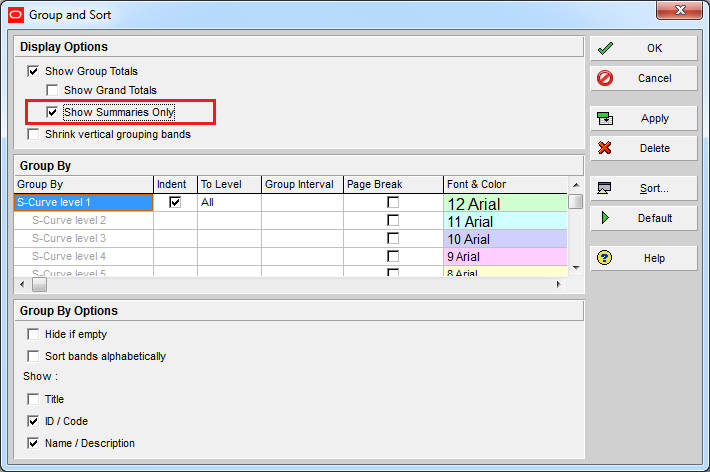
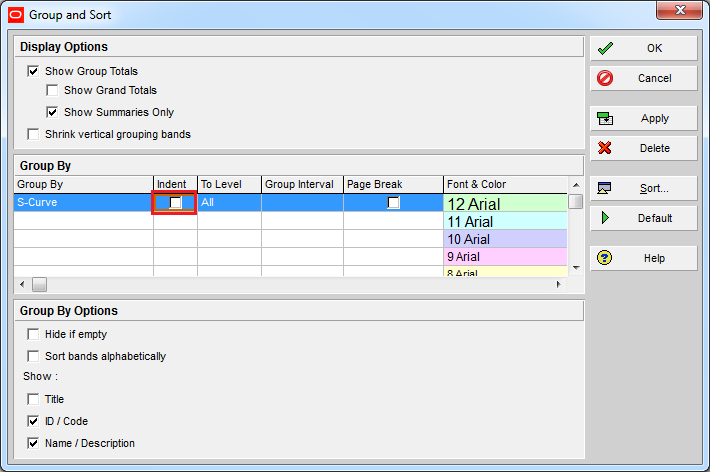

 International
International  Australia
Australia 



 Blogs
Blogs Glossary
Glossary Templates
Templates Videos
Videos Paperback Literature
Paperback Literature
